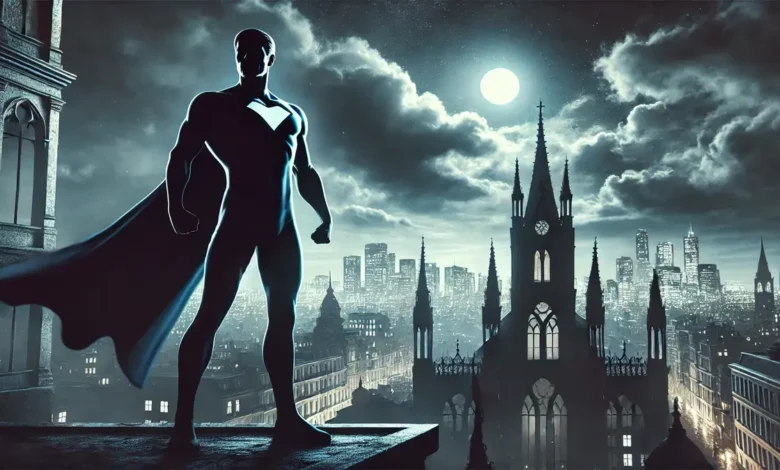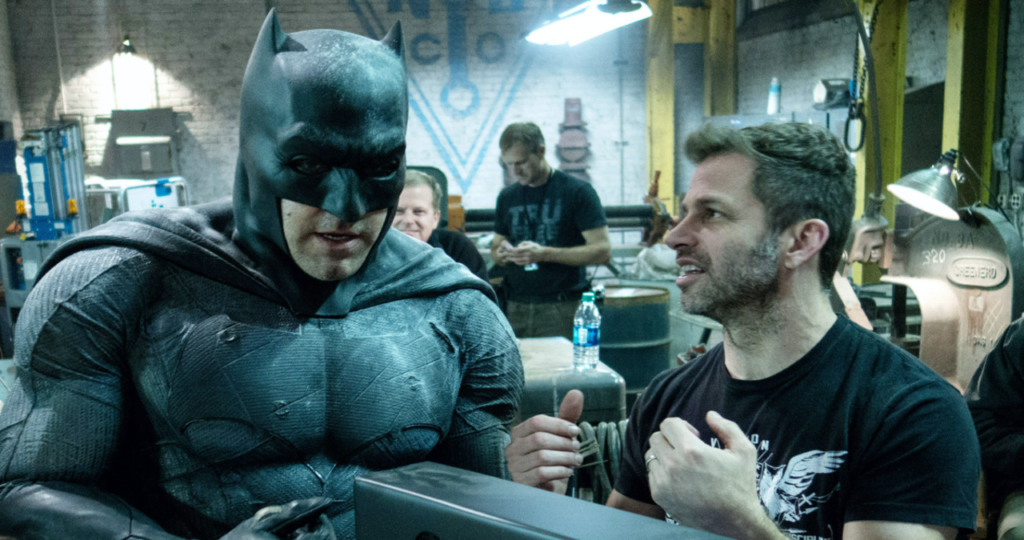Ben Affleck Batman: Challenges and Triumphs in Crossover Films Like Justice League

Introduction
The casting of Ben Affleck as Batman in the DC Extended Universe (DCEU) ignited a whirlwind of public opinion, from scepticism to eventual admiration. His portrayal in crossover films, especially in “Justice League,” presents a rich case study of the challenges and triumphs associated with redefining one of the most iconic characters in comic book history. This article delves into Affleck’s journey as Batman, exploring how he navigated the complexities of the role across multiple films and how his portrayal impacted the DCEU.
Section 1: The Casting Controversy

When Warner Bros. announced Ben Affleck as the new Batman in 2013, fans and critics responded with significant backlash. This section examines the initial reactions, the scepticism surrounding his casting, and how public perception shifted over time.
Section 2: Preparation for the Role
Ben Affleck’s physical and mental preparation for the role of Batman was intense. This part of the article discusses his training regimen, the psychological preparation required to embody Batman and his alter ego, Bruce Wayne, and the challenges of stepping into the Batsuit.
Section 3: Batman in “Batman v Superman: Dawn of Justice”
Affleck’s debut in “Batman v Superman” (BvS) set the tone for his interpretation of the character. This section analyzes his performance in BvS, focusing on how he brought a darker, more brooding version of Batman to life and how this interpretation played a crucial role in the film’s narrative.
Section 4: Challenges in “Justice League”
“Justice League” was a pivotal film for Affleck’s Batman, intertwining multiple character arcs from the DCEU. This part explores the production challenges, including directorial changes and reshoots, and how these affected Affleck’s performance and the portrayal of Batman.
Section 5: Triumphs in “Justice League”
Despite the challenges, “Justice League” also brought significant triumphs for Ben Affleck’s Batman. This section highlights his leadership role within the team, his strategic mind, and the deeper layers of Bruce Wayne’s character that Affleck successfully portrayed.
Section 6: The Chemistry with Other DCEU Characters
One of the highlights of Affleck’s Batman was his interaction with other superheroes. This part discusses his on-screen chemistry with characters like Wonder Woman, Superman, and The Flash and how these relationships enriched the narrative of the crossover films.
Section 7: Fan and Critical Reception
How did fans and critics ultimately react to Ben Affleck’s portrayal of Batman in these films? This section reviews audience evolution and critical responses, culminating in a reevaluation of his impact on the superhero genre.
Section 8: Legacy and Impact on DCEU
The article concludes by reflecting on the legacy of Ben Affleck’s Batman, considering how his portrayal influenced subsequent DCEU films and the portrayal of superheroes in cinema more broadly. It also speculates the character’s future and Affleck’s continuing influence in the film industry.
Conclusion
Ben Affleck’s tenure as Batman in the DCEU, particularly in crossover films like “Justice League,” was marked by significant challenges and triumphs. From overcoming initial scepticism to leaving a lasting impact on the superhero genre, Affleck’s portrayal of the Dark Knight will be remembered as a pivotal chapter in the evolution of comic book movies.
This outline provides a comprehensive roadmap for an article on Ben Affleck’s Batman, ensuring detailed coverage of his role across different dimensions—suitable for an engaging and SEO-friendly piece. The focus on specific aspects of his portrayal and insights into his impact on the DCEU and superhero cinema would make for a compelling read.
FAQS
Why was Ben Affleck’s casting as Batman initially controversial?
Ben Affleck’s casting as Batman was controversial primarily due to his previous roles and performance in the film “Daredevil,” which left some fans sceptical about his suitability for another superhero role. His interpretation followed Christian Bale’s highly acclaimed portrayal, setting high expectations.
How did Ben Affleck prepare for his role as Batman?
Ben Affleck underwent extensive physical training, involving weight training and specialized workouts, to bulk up and achieve a physique fit for Batman. He also delved deep into the Batman comics to understand the psychological depth of Bruce Wayne and his vigilante alter ego.
What were Ben Affleck’s main challenges while filming “Justice League”?
The filming of “Justice League” presented several challenges, including directorial changes from Zack Snyder to Joss Whedon, extensive reshoots, and a tight schedule. These changes affected the continuity and tone of the film, posing challenges for Affleck’s portrayal of Batman.
How did audiences and critics respond to Ben Affleck’s portrayal of Batman in “Justice League”?
While initial reactions were mixed, many fans and critics praised Affleck’s portrayal of a more mature, weary Batman who carried the world’s weight on his shoulders. His performance was seen as a standout in “Justice League,” especially in how he depicted Batman’s leadership and vulnerability.
What is the legacy of Ben Affleck’s Batman in the DCEU?
Ben Affleck’s Batman significantly impacted the DCEU by bringing a darker, more seasoned version of the character that influenced the tone and direction of future DCEU films. His performance helped to deepen the universe’s narrative complexity and set a precedent for future character developments.





